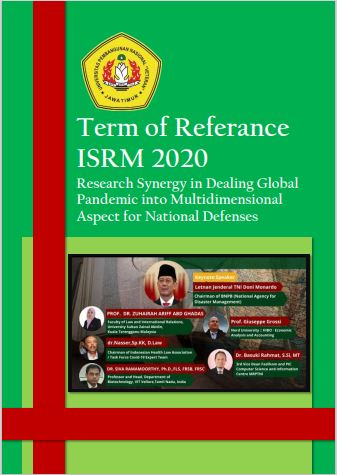Optimization of capital structure with cost of capital as a measurement
DOI:
https://doi.org/10.11594/nstp.2021.0939Keywords:
Capital structure, WACC, return on investmentAbstract
The purpose of the present study was to prove that the weighted average cost of capital can be used as a measurement of capital structure optimization. The sample was nine food and beverage companies listed in the Indonesia Stock Exchange from 2015 to 2019 taken secondary data were used with a quantitative approach. Hypotheses were tested by using multiple linear regression analysis. Analysis showed that simultaneously had significant effects on the cost of capital. Partial analysis showed that the debt to asset ratio affected the cost of capital. The long-term debt to equity ratio and net profit margin partially did not affect. Comparison of means showed that return on investment was lower than the means of the WACC. Thus, it can be concluded that the weighted average cost of capital can be used as a benchmark of capital structure optimization with the weighted average cost of capital as the minimum rate of return on investment.
Downloads
Published
Issue
Section
License
Copyright (c) 2021 Nusantara Science and Technology Proceedings

This work is licensed under a Creative Commons Attribution 4.0 International License.
Authors who publish with this proceedings agree to the following terms:
Authors retain copyright and grant the Nusantara Science and Technology Proceedings right of first publication with the work simultaneously licensed under a Creative Commons Attribution License that allows others to share the work with an acknowledgement of the work's authorship and initial publication in this proceeding.
Authors are able to enter into separate, additional contractual arrangements for the non-exclusive distribution of the proceedings published version of the work (e.g., post it to an institutional repository or publish it in a book), with an acknowledgement of its initial publication in this proceeding.
Authors are permitted and encouraged to post their work online (e.g., in institutional repositories or on their website) prior to and during the submission process, as it can lead to productive exchanges, as well as earlier and greater citation of published work (See the Effect of Open Access).







